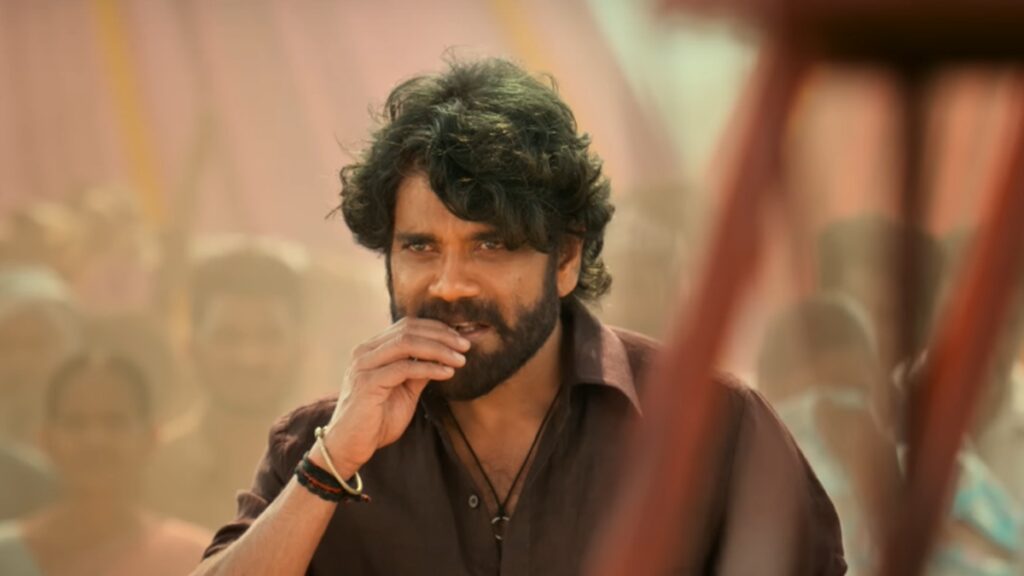Nagarjuna’s Performance in ‘Naa Saami Ranga’
Nagarjuna’s presence in the Telugu film ‘Naa Saami Ranga’, a remake of the 2019 Malayalam film ‘Porinju Mariam Jose’, has sparked conversations about the sensibilities of different film industries. The rousing introduction scene in both movies sets the stage for the hero’s journey, showcasing the contrast between the realism of one industry and the excess of the other.
Vijay Binni’s adaptation of the original material is not a complete scene-to-scene remake. While the additions to the story may seem like a digression from the core conflict, they contribute to a better product than the original, thanks to the templated approach of its remake.
The Plot of ‘Naa Saami Ranga’
The film follows the lives of two brothers from a humble background in a village, whose lives are disrupted by the schemes of an affluent family. The central question revolves around the hero’s ability to overcome complicated scenarios and lead a happy life with his loved ones.
Characterization and Plot Development
In ‘Naa Saami Ranga’, Nagarjuna takes center stage, overshadowing other prominent characters, a contrast to the original where Joju George’s role was integrated more harmoniously within the storyline. The film begins by establishing the brotherhood between the protagonist and his brother, and his romantic entanglement with a woman from an affluent family.
Director Vijay Binni adapts the original material to local taste, although some reviewers have wished for more freshness in his execution. The characters in ‘Naa Saami Ranga’ are derived from movie stereotypes, leading to a reduction of Allari Naresh’s character to a comedic role and a lack of depth in Ashika’s character, contrasting with the original’s fiery portrayal.
Comparing ‘Naa Saami Ranga’ to the Original
The romantic subplot absent in the original seems to drag the movie down further, and additional deviations, such as an elaborately explored elopement storyline, appear to add little value to the core conflict. ‘Naa Saami Ranga’ may be a decent watch for those who have not seen the original, but it has been critiqued for its lack of the everydayness and relatability that characterized the original.
The film’s leading man in the original was depicted as brooding and vulnerable, seeking love and being loyal to his loved ones. In ‘Naa Saami Ranga’, however, the hero gives an impression of being invincible, leading to a predictable script that may become tedious for some viewers.
Nagarjuna’s Portrayal and the Masala Film Template
Nagarjuna delivers his best in a ‘massy’ role, but the film’s predictability raises questions about the potential for an impending doom present in the original film. In a templated ‘masala’ film, the certainty of the hero’s survival diminishes some of the tension present in the original storyline.
Overall, ‘Naa Saami Ranga’ is a film that may appeal to a certain audience, particularly those who have not seen the original. However, it also raises questions about the film’s ability to capture the essence of the original’s characters and storyline.
Conclusion
In conclusion, ‘Naa Saami Ranga’ grapples with the challenges of adapting an original film to a different cultural and cinematic context. While it may resonate with some viewers, the film’s departure from the original’s character depth and everyday relatability has sparked discussions about the impact of commercial considerations on the integrity of storytelling.
The film continues to run in theaters, providing audiences with the opportunity to explore and form their own opinions about its merits and adaptation choices in relation to the original.


